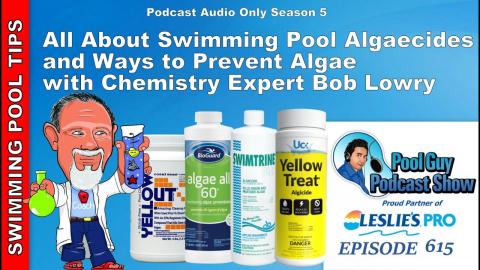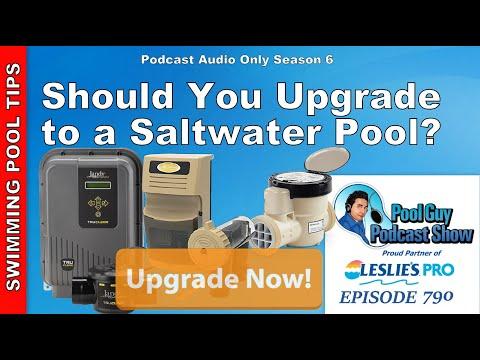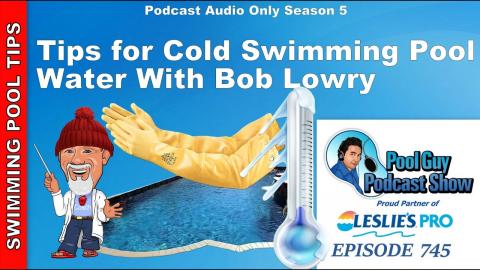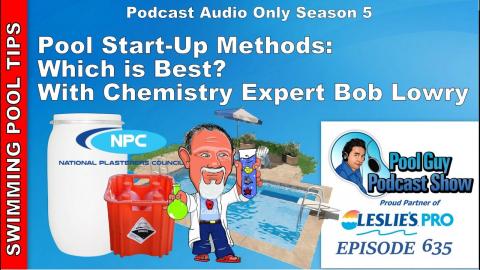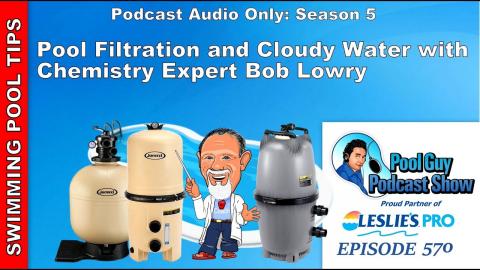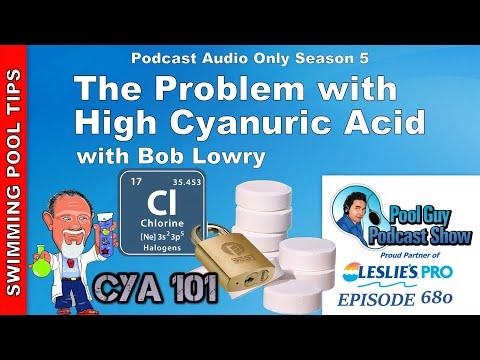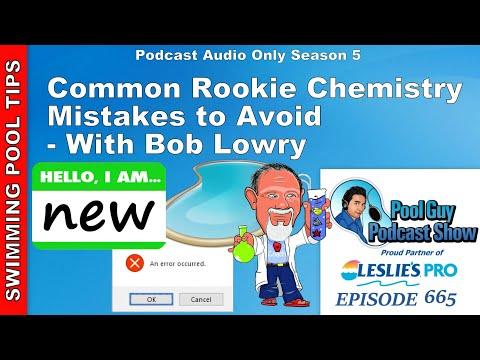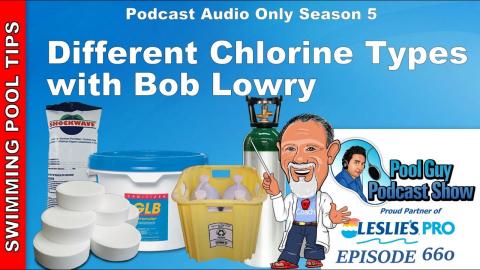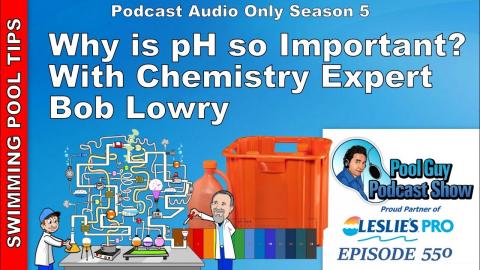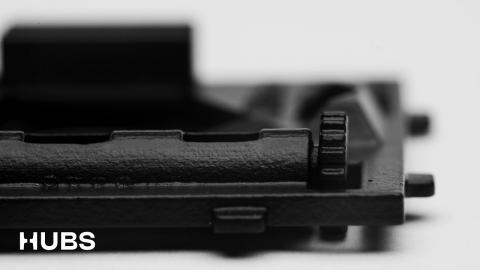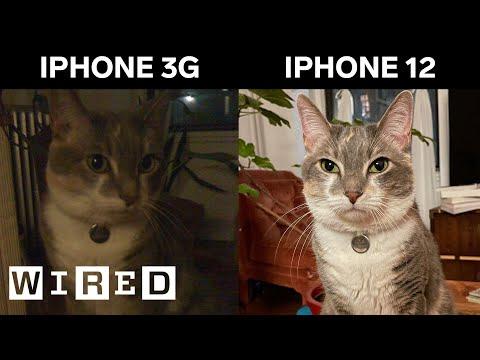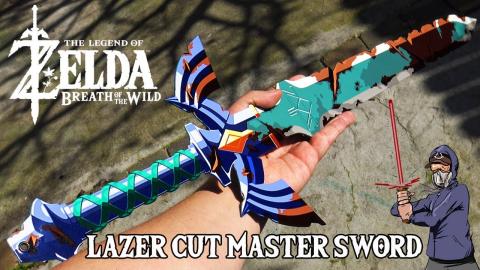The Pros and Cons of UV and Ozone Systems with Chemistry Expert Bob Lowry
Description
Have you ever wondered If a UV System or Ozone System are effective ways to use less chlorine and save money? With everything, there are of course pros and cons, and UV, Ozone, and AOP systems are all the rage in the industry. So what does a chemistry expert like Bob Lowry think about these systems?
Bob Lowry is the author of over 23 books but this has to be one of his most relevant and shortest books coming in at just 19 pages thick. But it is packed with so many essentials on residential pool chemistry that you will want a copy to carry in your service truck. Bob Lowry has been in the industry for over 47 years and is the Lead Consultant at Lowry Consulting Group, leads the Pool Chemistry Training Institute, and has created the Certified Residential Pool & Spa Certification Program. Learn more at https://pcti.online/
Pros and Cons of UV and Ozone Systems with Chemistry Expert Bob Lowry: https://www.buzzsprout.com/110832/8234232
Products That Can Zero Out Your Pool’s Chlorine Level with Chemistry Expert Bob Lowry:
https://www.buzzsprout.com/110832/8234675
Best Pool Water Testing Methods with Chemistry Expert Bob Lowry: https://www.buzzsprout.com/110832/8234710
Residential vs Commercial Pool Service with Chemistry Expert Bob Lowry: https://www.buzzsprout.com/110832/8234747
Dogs in your Pool and Ways to Keep the Pool Balanced with Chemistry Expert Bob Lowry: https://www.buzzsprout.com/110832/8234764
Here is an excerpt from one of Bob Lowry’s Tech bulletins on AOP vs UV & Ozone. You can of course read the entire article on his site with this link.
https://poolchemistrytraininginstitute.com/aop-and-oh-explained/
AOP (Advanced Oxidation Process) and OH (Hydroxyl Radicals) by Robert Lowry
Comparing AOP with Ozone and UV:
There is no question that AOP is the most powerful oxidizer that can be added to pool or spa water. UV is great at destroying viruses, bacteria, and other pathogens like Cryptosporidium parvum and Giardia lamblia, and E. coli. UV does not add anything to the water so there is no chemical change. However, UV is stationary and only contaminated water that passes through the UV light chamber is exposed to the UV rays. UV destroys chloramines and combined chlorine but does not do much against organics, organic pollutants, taste, odor, metals, biofilm or algae, or anything that is growing in or attached to the vessel or plumbing.
According to Ernest R. (Chip) Blatchley “sometimes some organics with broken bonds are radicals that combine to form even worse compounds like cyanogen chloride.” And, of course, UV does not provide a residual in the water. UV may partially affect an organism and that organism may regrow or mutate.
Ozone is very good at destroying viruses, bacteria, taste and odor, chloramines, and combined chlorine and most organic matter although it reacts slowly with ammonia. As you can see in the graphic, ozone does not cover all of the oxidizable things that can be in the water. Ozone has a short half-life in pool water from a few seconds for heavily contaminated water to a few minutes for water with not much oxidizer demand or with some amount of free chlorine in the water. It also does not provide a lasting residual and does nothing for biofilm, algae, or other contaminants in the plumbing or on the pool walls or bottom.
AOP covers almost all the possibilities of oxidizable things in the water and is an excellent disinfectant as you can see in the graphs to the right. However •OH is the shortest-lived oxidizer with less than 1 second in water. Therefore it is very unlikely that it could ever be used as a stand-alone disinfectant and oxidizer and chlorine would be the best choice to use with it. Granted that you could probably reduce chlorine consumption by up to 90% if the AOP is sized properly.
Chlorine Elimination
Right upfront, I do not believe that you will be able to eliminate chlorine completely by using any AOP device to make •OH. The most obvious reason is that UV, ozone, and •OH while they are very powerful oxidizers and disinfectants, do not build up in the water, they do not create a residual, and they don’t protect against future contamination or react to increased demand. They produce a fixed amount of •OH which might be enough for some amount of contamination for bathers but put 10 people in a spa or have 20 kids jump in the backyard pool and the AOP device can’t handle the increase.
Visit my Website: http://www.swimmingpoollearning.com/
eBook: https://www.swimmingpoollearning.com/swimming-pool-care-ebook
YouTube Video Index: http://poolmandave.blogspot.com/2014/03/swimming-pool-tips-reviews-how-to-video.html – A list of all of my videos.
Blogger: http://poolmandave.blogspot.com/
Facebook: https://www.facebook.com/swimmingpoollearning/
Twitter: https://twitter.com/Mrdgvb1
Join me on Patreon: https://www.patreon.com/poolguycoaching
Podcast: http://www.buzzsprout.com/110832
Podcast Website: https://www.thepoolguypodcastshow.com/


